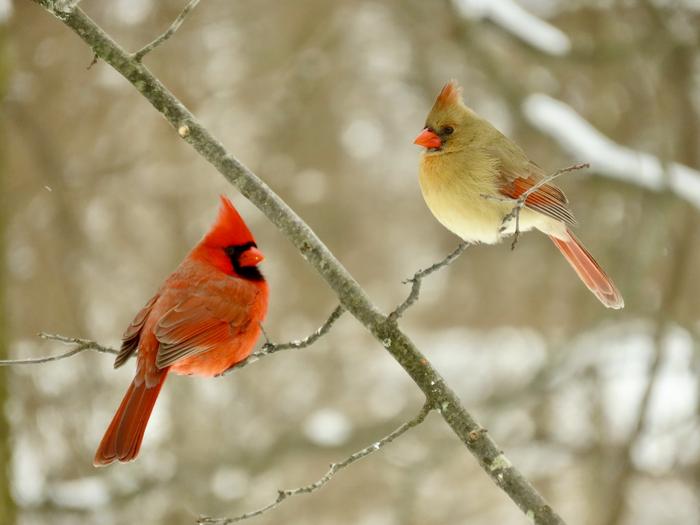The study provides a comprehensive analysis of nearly 7,500 bird species, examining how the variability in their ecosystems influences their life choices. The researchers assert that understanding the intricate relationship between environmental conditions and evolutionary strategies is crucial, especially as climate change transforms those conditions at an unprecedented pace. Through their analysis, the team has unearthed significant patterns that reveal how birds are responding to environmental stressors and uncertainties.
Casey Youngflesh, the lead author of this groundbreaking research, emphasizes the varied approaches birds take in response to environmental instability. Birds that exist in highly variable climates tend to exhibit a “live fast, die young” strategy. These species concentrate their energy on reproduction, quickly maximizing their evolutionary impact by producing numerous offspring. In contrast, species that inhabit climates with less annual variability practice a more methodical approach, opting to conserve their resources and delay breeding until conditions are more favorable. This dichotomy in life strategies underscores the adaptability of birds to their respective environments.
Conversely, long-lived bird species like the sulfur-crested cockatoos are better equipped to weather environmental fluctuations over the years. By investing in fewer, but more robust offspring, these birds can gradually regenerate their populations during years of ecological stability. This evolutionary strategy highlights the interplay between longevity and reproductive flexibility, showcasing how different birds calibrate their life strategies based on the stability of their surrounding ecosystems.
The implications of these findings extend beyond mere curiosity; they raise critical questions about the adaptive capacity of birds in a climate-altered world. Both short-lived and long-lived species are facing challenges in adapting to the rapid pace of climate change. The study findings suggest that as environmental conditions continue to shift, the birds’ evolutionary bets may not yield favorable outcomes. This uncertainty adds a layer of complexity to existing theories surrounding evolution and adaptation, compelling scientists to rethink how organisms might best navigate these changes.
Significantly, the study elucidates the broader implications of climate change on biodiversity—which encompasses various ecosystems ranging from boreal forests to lush tropical jungles. Phoebe Zarnetske, the director of IBEEM, emphasized the importance of interdisciplinary research in addressing these critical issues. By amalgamating insights from ecology and climate science, researchers can better gauge how organisms adapt to and thrive within variable climates.
In conclusion, the study on birds and environmental variability not only sheds light on the evolutionary implications of climate change but also reinforces the need for collaborative scientific exploration. As humanity grapples with the far-reaching effects of a warming planet, understanding the response strategies of the avifauna is of paramount importance. Ultimately, continued research will be vital to navigate the uncertainties of the future, guiding strategies for conservation, management, and perhaps even restoration of ecological balance.
Subject of Research: Environmental variability in avian life histories
Article Title: Environmental variability shapes life history of the world’s birds
News Publication Date: 25-Feb-2025
Web References: Ecology Letters
References: N/A
Image Credits: Thomas Getty, Michigan State University
Keywords: Bird Evolution, Climate Change, Life History Strategies, Environmental Variability, Biodiversity, Conservation Science.
Tags: adaptation of birds to environmental stressavian life history evolutionbirds metabolic ratesclimate change impact on avian speciesenvironmental factors affecting birdsevolutionary strategies in birdsfast versus slow lifestyle in birdsimplications of environmental variability on birdslongevity and resource allocation in birdsMichigan State University bird studyreproductive strategies of birdsvariability in bird ecosystems





